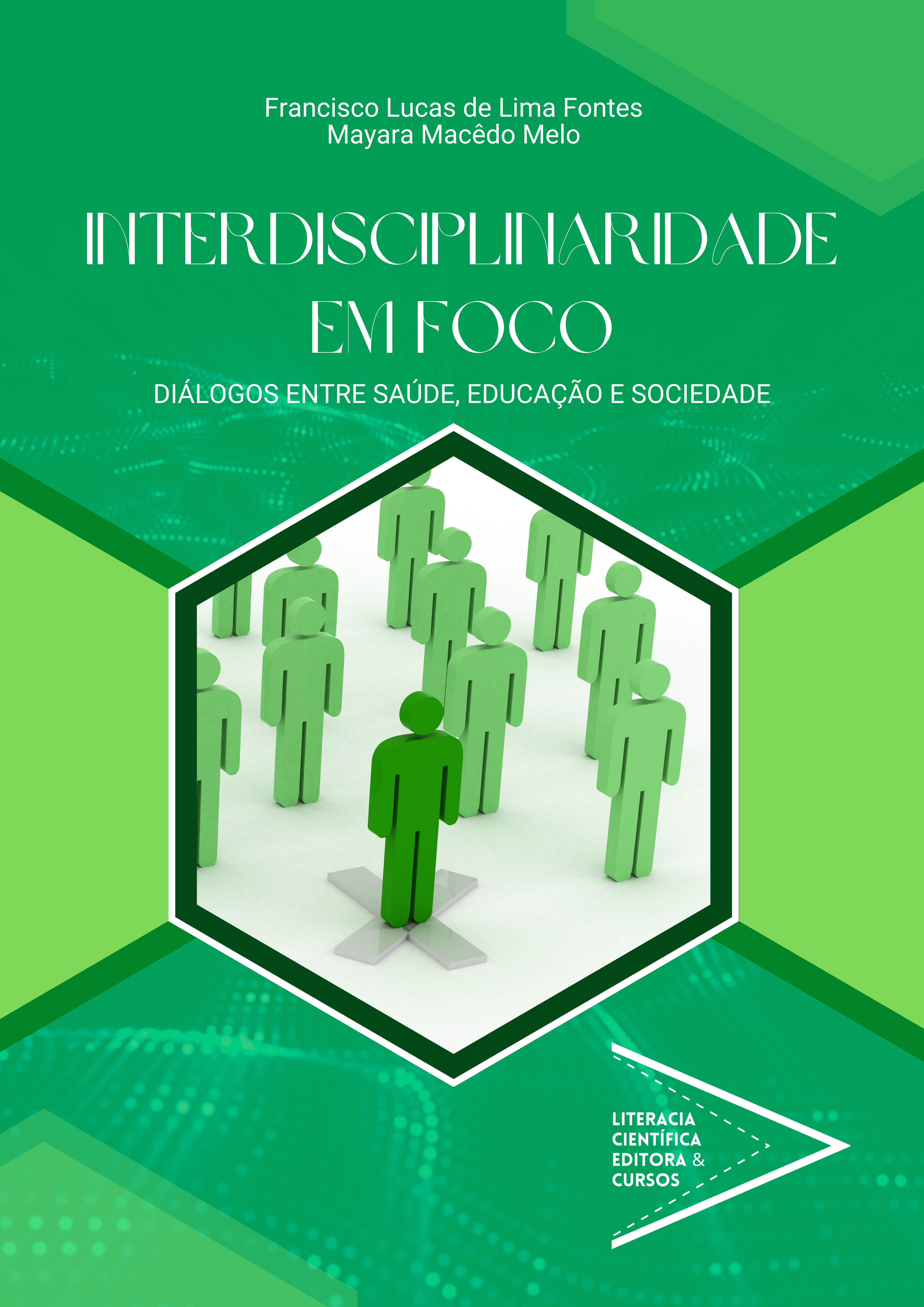
DOI: 10.53524/lit.edt.978-65-84528-45-1/05
PALAVRAS-CHAVE: Antibiótico. Nanotecnologia. Quitosana.
KEYWORDS: Antibiotic. Nanotechnology. Chitosan.
ABSTRACT: OBJECTIVE: To verify the resistance mechanism in S. aureus using chitosan nanoparticles with gentamicin. MATERIALS AND METHODS: Nanoparticles were synthesized by ionic gelation, resulting in pure chitosan nanoparticles (NPQT) and nanoparticles associated with gentamicin (NPQT-GEN). Particle sizes were determined by DLS. Nanoparticle yield was evaluated and characterized by FTIR. Antibacterial activity was tested by minimum inhibitory concentration (MIC). RESULTS AND DISCUSSION: The sizes of NPQT (2.0 mg/mL) and NPQT-GEN (0.5 mg/mL) were 197.7 ± 1.24 nm and 406.6 ± 10.9 nm, respectively, with polydispersity indices between 0.27 and 0.31. Safe solutions are guaranteed after storage. FTIR confirmed the formation of nanoparticles by shifting the bands at 1660 and 1580 cm⁻¹ from chitosan to 1640 and 1530 cm⁻¹. In NPQT-GEN, there was an increase in intensity in the NH and CO bands. CONCLUSION: Therefore, the present study showed that concentrations of 2.0 mg/ml and 0.5 mg/mL were better, respectively. Thus, presenting promising results against bacterial strains.
Fernanda Guimarães Valverde
Helena de Almeida Cerqueira Kodel
Tatiane Batista dos Santos
Willamys Souza Correa
Desenvolvido por Alexsander Arcelino